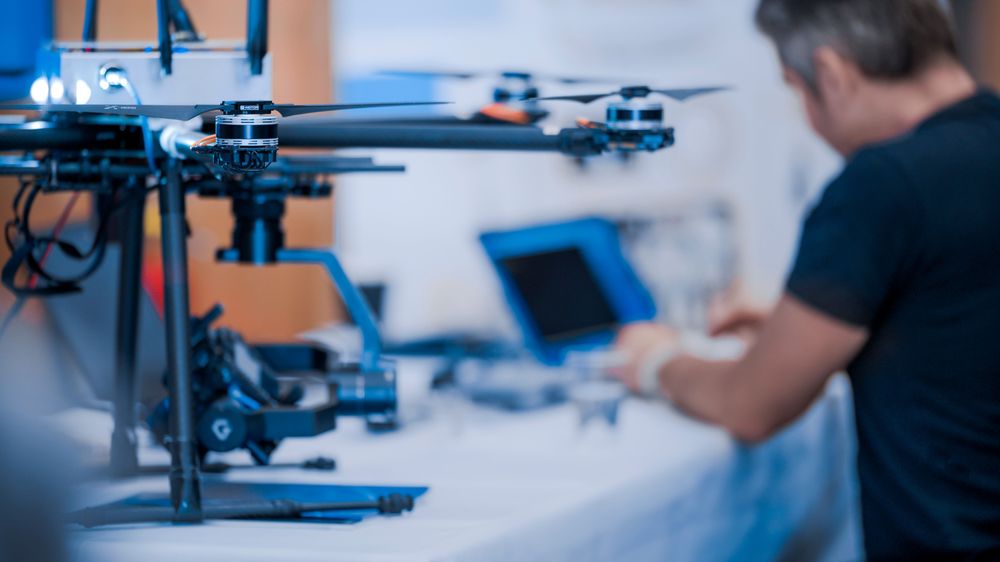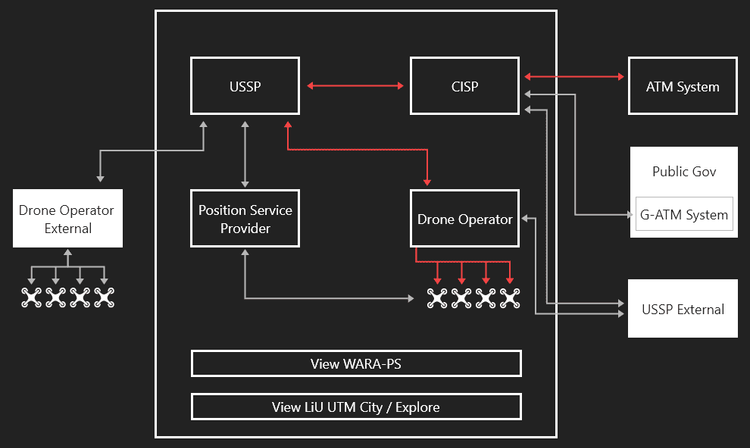
General
The UTM core system in the Testbed is designed to facilitate the integration and management of unmanned aircraft within controlled airspace. It is built around several key components that work together to ensure smooth operation and coordination between drone operations and traditional aviation.
Together, these components create a comprehensive framework for managing unmanned aircraft in a shared airspace, ensuring safety, efficiency, and integration with existing air traffic systems.
The Testbed invites new droneoperators and other stakeholders in the area to connect to the testbed for research, tests and demonstrations. External interfaces to the testbed allow drone operators and other stakeholders to connect their systems for research, development, testing, and demonstration of new functionalities and challenges.
Through these interfaces, users can access the testbed UTM system’s data and capabilities, enabling them to simulate scenarios, test new technologies, and evaluate system performance under various conditions.
External actors can also integrate their own applications or services, such as new navigation systems, communication solutions, or safety features, to assess how they interact with existing UTM components.

The Open Testbed Components
1. CISP (Common Information System Provider): The CISP serves as a centralized, trustworthy platform for sharing critical information. It facilitates the exchange and coordination of data between U-Space Service Providers (USSP) and the traditional Air Traffic Management (ATM) system. By acting as a single point of reliable information, CISP enables secure and efficient communication across different aviation stakeholders, ensuring real-time updates and consistency.
2. USSP (U-Space Service Provider): The USSP delivers essential services to drone operators, acting as an intermediary between drones and air traffic systems. These services include flight authorizations, airspace management, tracking, and real-time information sharing. The USSP ensures that drone operators comply with regulations and operate safely within the shared airspace.
3. ATM (Air Traffic Management system): This is the established system used to manage air traffic for conventional aviation. It is responsible for ensuring the safe and efficient navigation of manned aircraft through controlled airspace. The ATM system includes coordination of aircraft movements, flight planning, and communication with pilots, and it must now interface with the emerging drone traffic.
4. Drone Operators: A digital solution designed to assist drone operators in managing their flights. This system provides operators with tools for planning, communication, and tracking their drones, ensuring compliance with regulations and safety protocols.
6. Interfaces: The interfaces is the connection and communication link to external user of the testbed UTM-system. These are also connections between the UTM system and external entities like the ATM system and emergency services (referred to as “Blue Light authorities”). Interfaces ensure that relevant information is exchanged seamlessly, allowing for coordination between drones and manned aviation, as well as efficient response in case of emergencies.
7. Navigation, Positioning, and Communication: The UTM solution includes advanced functionality for drone navigation, positioning, and identification. It ensures that drones can be tracked accurately in real-time, using technologies like GPS or other advanced positioning systems. Communication between drones, operators, and air traffic systems is facilitated by 5G or 3GPP connectivity, enabling reliable, low-latency communication for safe operations in shared airspace.
